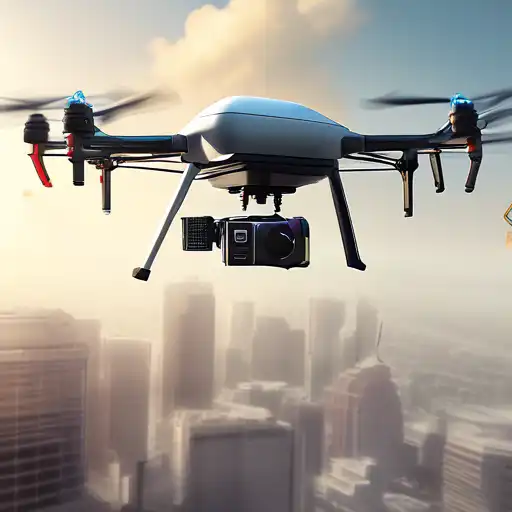Introduction to Commercial Drones
Commercial drones, also known as unmanned aerial vehicles (UAVs), have revolutionized industries by offering innovative solutions for photography, agriculture, delivery services, and more. Their ability to access hard-to-reach areas and perform tasks efficiently has opened up new opportunities for businesses worldwide.
Opportunities Presented by Commercial Drones
The use of commercial drones spans across various sectors, providing significant benefits. In agriculture, drones are used for crop monitoring and spraying, leading to increased productivity. In the construction industry, they offer aerial surveys and inspections, reducing risks and costs. Delivery services are exploring drones for faster and more efficient package delivery, especially in remote areas.
Key Industries Benefiting from Drones
- Agriculture: Precision farming and crop health monitoring.
- Construction: Site surveys and progress monitoring.
- Photography and Filmmaking: Aerial shots and cinematography.
- Delivery Services: Quick and efficient package delivery.
Understanding the Regulations
While the opportunities are vast, the use of commercial drones is subject to regulations to ensure safety and privacy. In the United States, the Federal Aviation Administration (FAA) requires commercial drone operators to obtain a Part 107 certification. Similar regulations exist in other countries, emphasizing the importance of adhering to local laws.
Key Regulatory Considerations
- Registration: Drones must be registered with the relevant aviation authority.
- Operational Limits: Restrictions on flying near airports and in controlled airspace.
- Privacy Laws: Ensuring compliance with local privacy regulations.
- Insurance: Liability insurance may be required for commercial operations.
Future of Commercial Drones
The future of commercial drones looks promising, with advancements in technology paving the way for more sophisticated applications. Innovations such as beyond visual line of sight (BVLOS) operations and drone traffic management systems are expected to further expand the capabilities and use cases of drones in the commercial sector.
As the industry evolves, staying informed about the latest developments and regulations will be crucial for businesses looking to leverage drone technology. For more insights into the technological advancements shaping the future, explore our technology trends section.
Conclusion
Commercial drones offer unparalleled opportunities across various industries, but navigating the regulatory landscape is essential for successful implementation. By understanding the potential and adhering to regulations, businesses can harness the power of drones to achieve operational efficiency and innovation.
